Summary | Excerpt | Reading Guide | Reviews | Beyond the book | Read-Alikes | Genres & Themes | Author Bio

Master storyteller Joanne Harris has created a magical and epic romp– a fresh, funny, and wonderfully irreverent new take on the old Norse tales, sure to be enjoyed by readers young and old.
Seven o’clock on a Monday morning, five hundred years after the end of the world, and goblins had been at the cellar again. . . . Not that anyone would admit it was goblins. In Maddy Smith’s world, order rules. Chaos, old gods, fairies, goblins, magic, glamours – all of these were supposedly vanquished centuries ago. But Maddy knows that a small bit of magic has survived. The “ruinmark” she was born with on her palm proves it – and makes the other villagers fearful that she is a witch (though helpful in dealing with the goblins-in-the-cellar problem). But the mysterious traveler One-Eye sees Maddy’s mark not as a defect, but as a destiny. And Maddy will need every scrap of forbidden magic One-Eye can teach her if she is to survive that destiny.
In Runemarks, the Norse gods come alive in all their bickering glory, but not until quite late in the tale, after we've had time to get to know Maddy and her strange itinerant friend, One-Eye, who turns up for a few days each year and trains her in the use of glamours (an archaic word for magic spells or enchantments). What starts as a potentially simple story, quickly builds to one of considerable complexity when Maddy leaves the Middle World of men for the goblin-infested tunnels that lead to World Below.
A great choice for almost any young reader who enjoys fantasy, but also with great 'cross-over' potential for adult readers. We read Runemarks as a family (it's a great book to read aloud!), and all of us from 12 to 48 enjoyed it immensely...continued
Full Review
(801 words)
This review is available to non-members for a limited time. For full access,
become a member today.
(Reviewed by BookBrowse Review Team).
Norse mythology is the best preserved version of Germanic paganism,
sharing the same essential pantheon with Anglo-Saxon mythology. Both have
their roots in a hypothetical Indo-European mythology that is believed to be at
the root of most pre-Christian religions in Europe and India (including
Hinduism, Jainism and Zoroastrianism) because they all share significant
commonalities. For example, Zeus, Jupiter, Thor and Indra are all thunder-gods
and all are associated with the same day of the week - Thursday: English derives
Thursday from Thor, while the French Jeudi and Italian Goivedi
come from the Latin Jovis (or Iovis) Dies meaning Jupiter
Day.
Norse mythology is a collection of beliefs, not a set doctrine. Originally ...
This "beyond the book" feature is available to non-members for a limited time. Join today for full access.

If you liked Runemarks, try these:
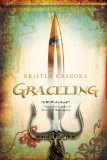
by Kristin Cashore
Published 2009
Katsa has been able to kill a man with her bare hands since she was eight - she’s a Graceling, one of the rare people in her land born with an extreme skill. And now she is forced to work as the king’s thug. But she never expects to fall in love with beautiful Prince Po...
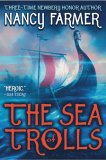
by Nancy Farmer
Published 2006
The year is A.D. 793; Jack and his sister have been kidnapped by Vikings and taken to the court of Ivar the Boneless and his terrifying half-troll wife; but things get even worse when Jack finds himself on a dangerous quest to find the magical Mimir's Well in a far-off land, with his sister's life forfeit if he fails.
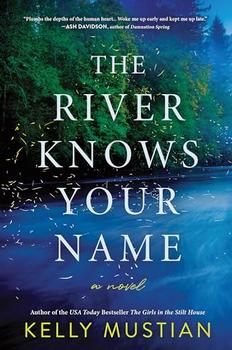
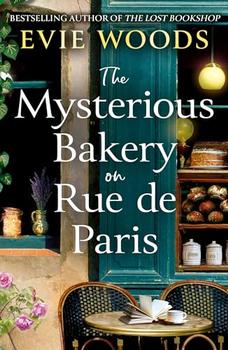
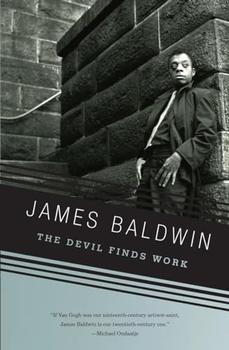
A truly good book teaches me better than to read it...
Click Here to find out who said this, as well as discovering other famous literary quotes!